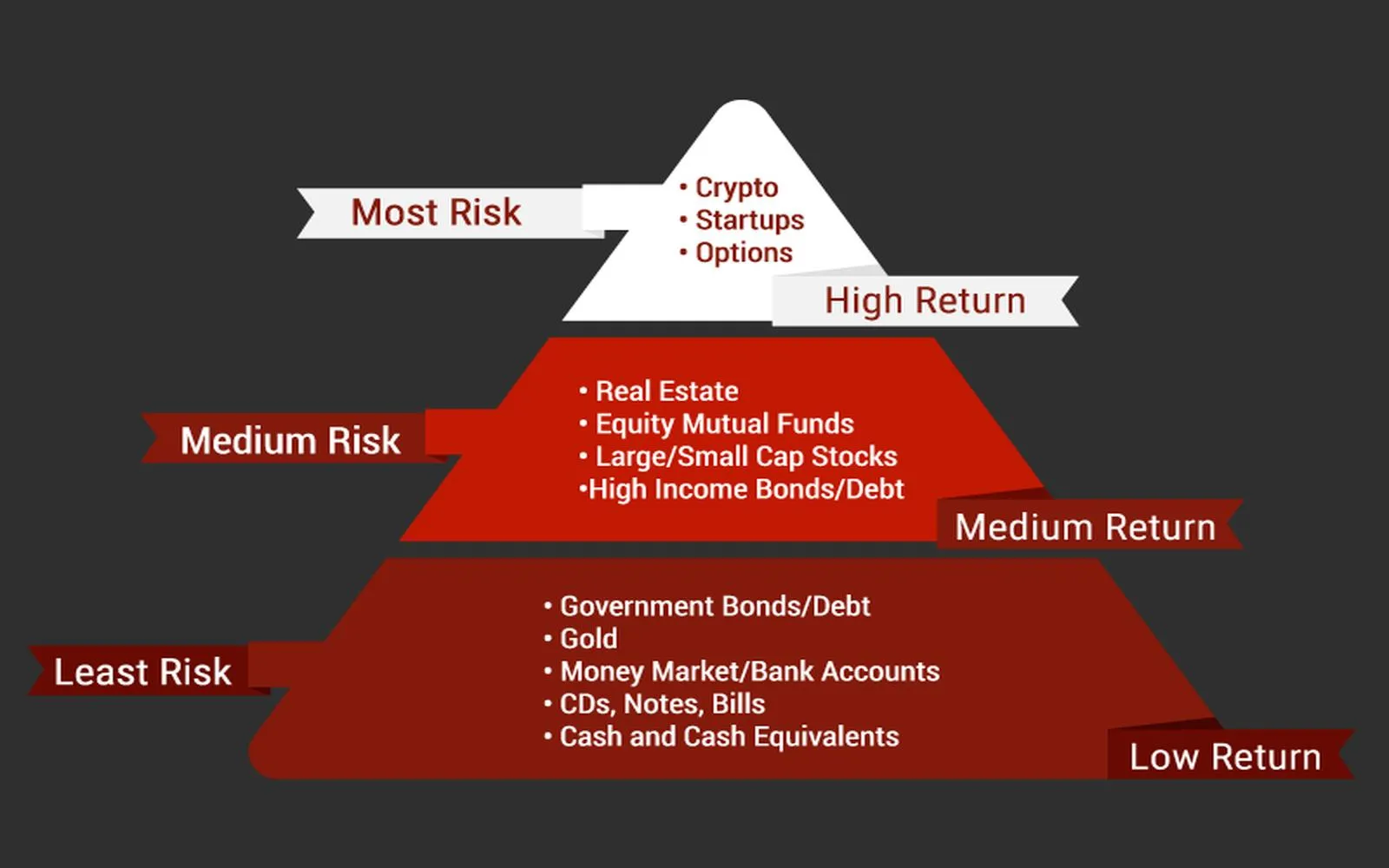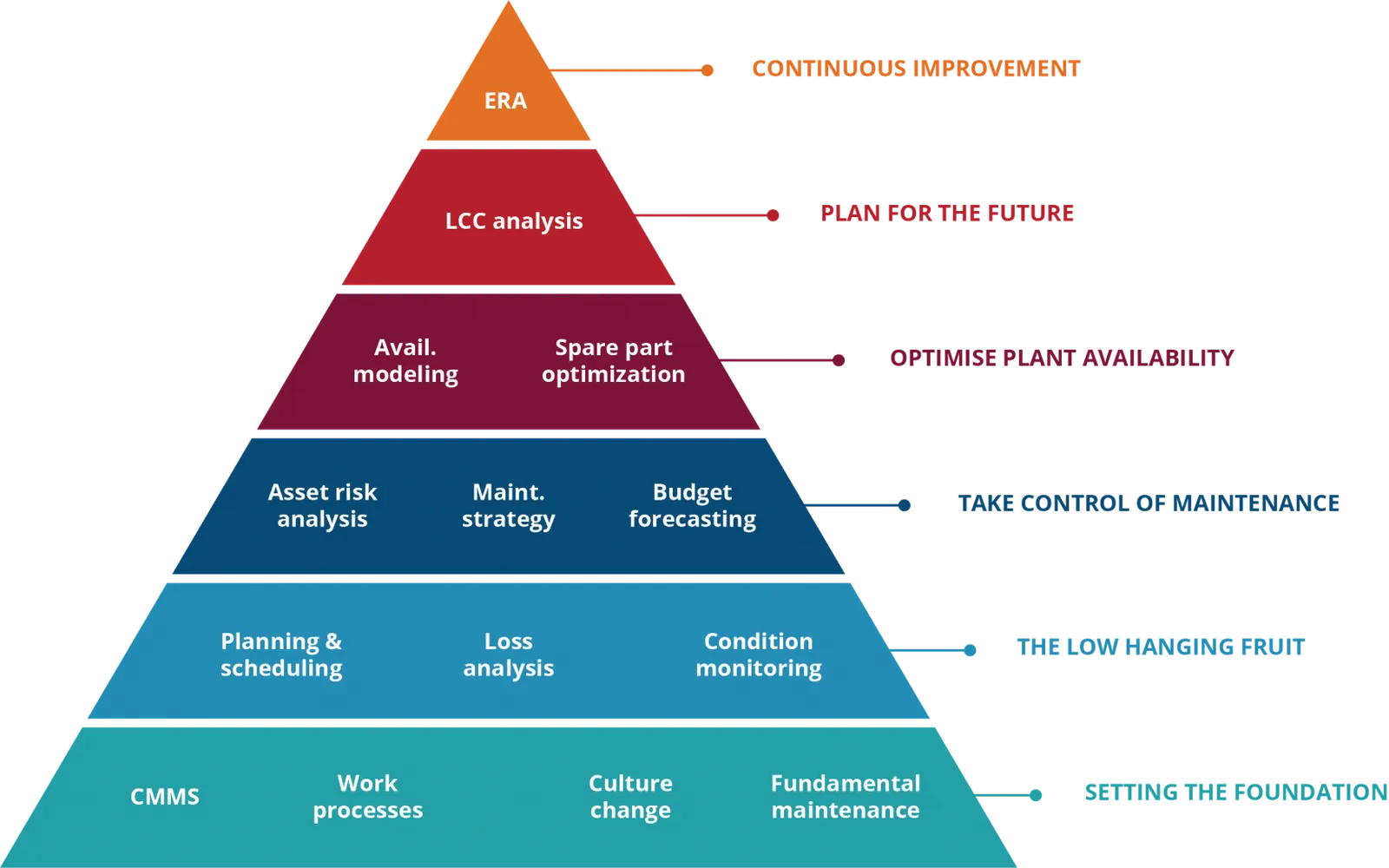In today's fast-paced world, the concept of passive investing has gained significant traction among individuals looking to build wealth without the constant stress of active management. The allure of effortless wealth building is not just a dream; it can be a reality with the right strategies. This article delves into smart passive investment strategies that can lead to substantial financial growth over time.
Understanding Passive Investing
Passive investing involves strategies that aim to maximize returns by minimizing buying and selling, relying instead on long-term market trends. Unlike active investing, which requires frequent trading and market timing, passive investing allows you to set your financial goals and let your investments grow with minimal interference. This strategy is particularly appealing for those who do not have the time or expertise to manage their portfolios actively.
The Benefits of Passive Investment Strategies
One of the major advantages of passive investing is its cost-effectiveness. Since it requires less trading, fees are typically lower compared to actively managed funds. Additionally, studies have shown that many active fund managers fail to outperform their benchmarks over the long term. This makes passive investment strategies not only simpler but potentially more lucrative over time.
Key Passive Investment Strategies
Here are some smart passive investment strategies to consider:
1. Index Funds
Index funds are a cornerstone of passive investing. They are designed to track the performance of a specific index, such as the S&P 500. By investing in an index fund, you gain exposure to a broad market segment without the need to select individual stocks. This diversification reduces risk and allows your investment to grow steadily over time.
2. Exchange-Traded Funds (ETFs)
Similar to index funds, ETFs offer a way to invest in a collection of assets while being traded on an exchange like a stock. They provide flexibility and liquidity, allowing investors to buy and sell throughout the trading day. Many ETFs focus on specific sectors, commodities, or even international markets, making them an excellent choice for diversified passive investing.
3. Real Estate Investment Trusts (REITs)
If you're interested in real estate but want to avoid the hands-on management of properties, REITs are an excellent option. These companies own, operate, or finance income-producing real estate. By investing in REITs, you gain exposure to the real estate market and can benefit from regular dividend income without the burdens of direct property management.
4. Robo-Advisors
Robo-advisors are automated platforms that manage your investments using algorithms. They typically create a diversified portfolio based on your risk tolerance and financial goals. This hands-off approach is ideal for those seeking passive investment strategies without the need for in-depth financial knowledge.
5. Dividend Stocks
Investing in dividend-paying stocks can be a great way to generate passive income. These companies distribute a portion of their profits to shareholders, providing regular income while also offering the potential for capital appreciation. A well-chosen portfolio of dividend stocks can serve as a steady income stream and contribute to your overall wealth-building efforts.
Chart: Comparison of Passive Investment Strategies
| Strategy | Cost | Time Commitment | Risk Level |
|---|---|---|---|
| Index Funds | Low | Minimal | Moderate |
| ETFs | Low | Minimal | Moderate |
| REITs | Moderate | Minimal | Moderate |
| Robo-Advisors | Low to Moderate | Minimal | Moderate |
| Dividend Stocks | Low | Minimal | Varied |
Tips for Successful Passive Investing
To make the most of your passive investment strategies, consider the following tips:
Diversification is Key: Spread your investments across different asset classes to reduce risk.
Stay the Course: Avoid the temptation to react to market volatility. Passive investing is about long-term growth.
Regular Contributions: Consider setting up automatic contributions to your investment accounts. This practice helps you take advantage of dollar-cost averaging.
Review Periodically: While passive investing requires less management, it’s essential to review your portfolio periodically to ensure it aligns with your financial goals.
Conclusion
Building wealth effortlessly is achievable through smart passive investment strategies. By understanding the various options available, you can create a plan that suits your lifestyle and financial objectives. Whether you choose index funds, ETFs, REITs, or other methods, the key is to remain consistent and patient. With time and the right approach, your investments can grow significantly, paving the way for a secure financial future.









